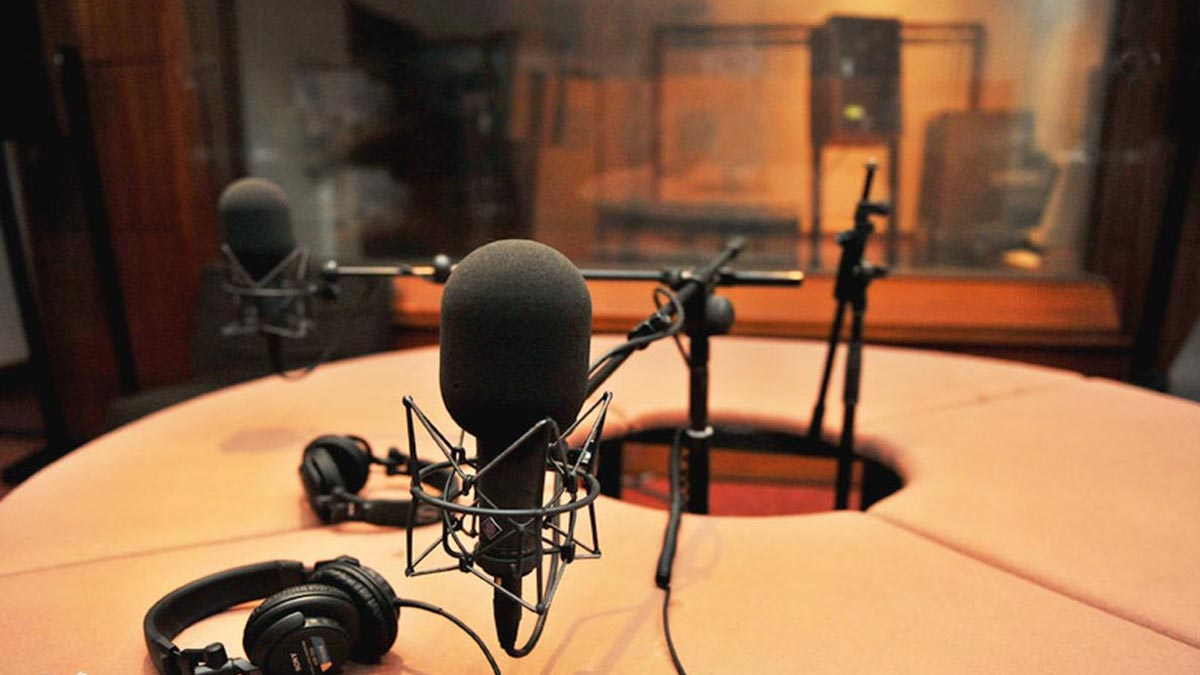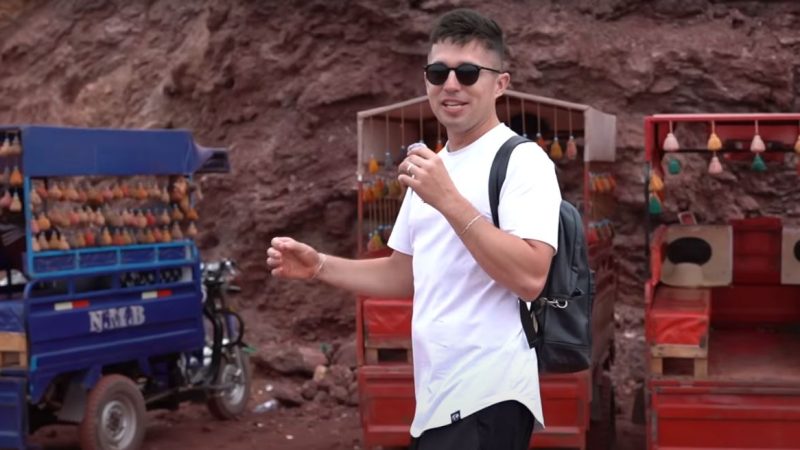Journalism Essentials: A Comprehensive Guide to Professional Interviewing and Effective Questioning

In today’s fast-paced world of communication, mastering the fundamentals of journalism—especially the art of professional interviewing and precise questioning—is more important than ever. These skills are not only essential for journalists but also for anyone seeking reliable information and meaningful connections. This guide aims to teach young locals, aspiring journalists, and students the key principles and techniques for conducting successful interviews. By the end of this article, readers will be equipped to lead focused, rich, and impactful interviews.
Educational Objectives
After reading this guide, you will be able to:
Understand the importance of thorough preparation before an interview.
Learn how to craft effective and purposeful interview questions.
Practice active listening skills in-depth.
Manage and control the interview session effectively.
Apply reliable methods for recording interviews.
Respond professionally to interview challenges.
Analyze the gathered information and present it in content form.
Chapter 1: Preparation Before the Interview
Thorough preparation is the foundation of a successful interview.
1. Research and Background Information
Before the interview, take time to gather in-depth information about the topic and the interviewee. Study their background, past work, viewpoints, and any related material from credible sources. This will help you ask smarter, deeper questions.
2. Define the Interview Goal
Clearly define the main goal of the interview. What exactly do you want to find out? Having a specific objective helps you steer the conversation in the right direction and avoid wasting time.
3. Designing Interview Questions
Crafting the right questions is an art. Good questions encourage detailed and valuable responses.
Types of Key Questions:
Open-ended Questions: Start with How, Why, or Can you explain…. These invite elaborate answers.
Closed Questions: These often receive short “yes” or “no” answers and are used to confirm facts.
Follow-up Questions: Asked after an initial response to gain more details.
Hypothetical & Behavioral Questions: Explore opinions or past experiences.
Design Tips:
Prepare your questions in advance but be ready to improvise.
Arrange questions logically, from general to specific.
Avoid vague, overly complex, or leading questions.
Handle sensitive questions carefully and build trust first.
4. Scheduling and Coordination
Select an appropriate time and place for the interview. Coordinate with the interviewee in advance. If you plan to record the session, prepare the equipment and get permission.
5. Mental Readiness
Arrive prepared, calm, and confident. Be mentally ready to handle any type of response or situation.
Key Takeaways (Chapter 1):
Do your research and define your purpose.
Design smart, diverse questions.
Plan everything in advance, including your mindset.
Chapter 2: Conducting a Professional Interview
How you conduct the interview significantly affects the quality of information you gather.
1. Building Rapport
Start the interview with a warm greeting, introduce yourself and the purpose of the interview. Maintain eye contact, smile, and use friendly body language to build a comfortable environment.
2. Active and Deep Listening
Active listening means paying close attention not just to the words but also to tone and body language. Show you’re listening by nodding, maintaining eye contact, and asking follow-up questions. Avoid interrupting.
3. Session Control and Focus
Give the interviewee space to speak, but maintain control. Guide the conversation back to the topic if it strays and ensure your questions align with your original objective.
4. Time Management
Be mindful of time. Allocate appropriate time for each segment of your questions to ensure a smooth flow.
5. Proper and Reliable Recording
With permission, use high-quality audio recording devices and consider having a backup. Simultaneously, take brief notes of key points and quotes.
6. Handling Challenges
Be prepared for obstacles like uncooperative interviewees or technical issues. Stay calm and professional throughout.
Key Takeaways (Chapter 2):
Build rapport and listen deeply.
Stay focused and control the flow.
Record properly and be ready for unexpected challenges.
Chapter 3: Post-Interview Process
The work doesn’t end when the interview does—what you do afterward matters just as much.
1. Review and Analyze
Carefully listen to your recordings. Revisit your notes and extract key information, direct quotes, and highlights. Compare these to your original interview goals and analyze accordingly.
2. Content Writing
Turn your findings into a structured piece—whether it’s an article, report, or news piece. Use a suitable tone for your target audience and include direct quotes (with names). Always edit and proofread before publishing.
Key Takeaways (Chapter 3):
Review interviews thoroughly and extract insights.
Write clear, engaging, and goal-driven content.
Practice & Real-Life Application
To sharpen your skills, conduct mock interviews with friends. Choose a topic, prepare diverse questions, and apply active listening techniques.
Frequently Asked Questions (FAQs)
1. What’s the difference between open and closed questions?
Open questions encourage detailed responses; closed questions usually require short, specific answers like “yes” or “no.”
2. How can I improve my active listening?
Practice focusing fully on the speaker, maintain eye contact, and ask follow-up questions. Avoid interruptions.
3. What if my interviewee isn’t cooperative?
Stay calm, polite, and professional. Try to build trust and redirect the conversation with gentle guidance.
4. What’s the best way to record an interview?
Use a reliable audio recorder (with backup). Always get consent beforehand.
5. How do I avoid losing focus in an interview?
Stick to your question plan and goals. If the conversation strays, gently steer it back on track.
By applying the lessons from this guide, you’ll be well on your way to conducting powerful, professional interviews that uncover meaningful stories and trustworthy insights.



















بدون Comment